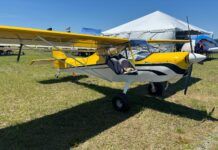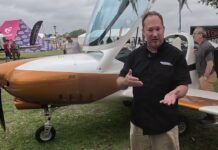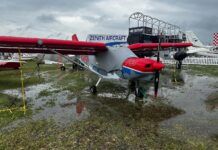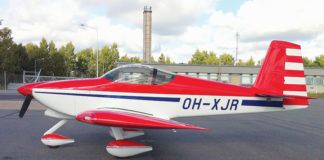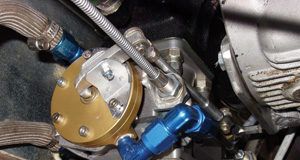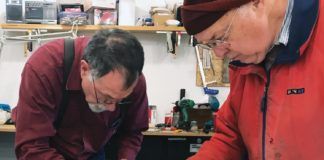
There was a time when we had multiple airshows and events in a year that had at their center (or near to it) Experimental aircraft and their category-adjacent wares. Living on the West Coast, I would always make an effort to attend both Arlington and Copperstate. Plus, of course, the big ones—AirVenture (usually just called Oshkosh) and Sun ’n Fun. After this year’s event in Lakeland, I’ll have to conclude that only AirVenture remains the “must attend” show.
I say this knowing that all public events have had seismic changes in the last few years, and not just due to COVID. Add to that, aviation as a whole has been under the thumb of supply-chain issues that have made the unprecedented demand for homebuilt aircraft virtually impossible to satisfy. We really are sailing in uncharted waters.
Sun ’n Fun is really two shows. The enthusiast/industry side starts before the first day (Tuesday) and extends through Thursday or Friday. By the weekend, it’s a general-public show and most of us “working” have left. The lifeblood for scribblers like me (and my talented staff) is a reliable stream of product news and other consumer-centric bits supported by a smattering of what I call the “soft stories” that we hope will make you feel like you’re there. (My thanks to Paul Dye and Steve Ashby for carrying our digital coverage this year.)
If you’re reading between the lines here, you can tell I thought Sun ’n Fun was disappointing from a homebuilt-aircraft perspective. As is often the case, many of the smaller kitmakers decline to attend, citing time and costs. This year, especially, I can understand a company deciding to stay home to face the reality of catching up with a large order book instead of sending staff to an airshow to, presumably, rack up more sales. If I were a customer (semi) patiently waiting for my kit to arrive, I would probably applaud a company staying home to build stuff.
On the new-product side of things, I also understand the dynamics at work. Again, supply issues have caused many companies to pull back R&D efforts and redirect their staff members toward finding alternate sources of parts or, when that fails, redesigning product for parts that are available.
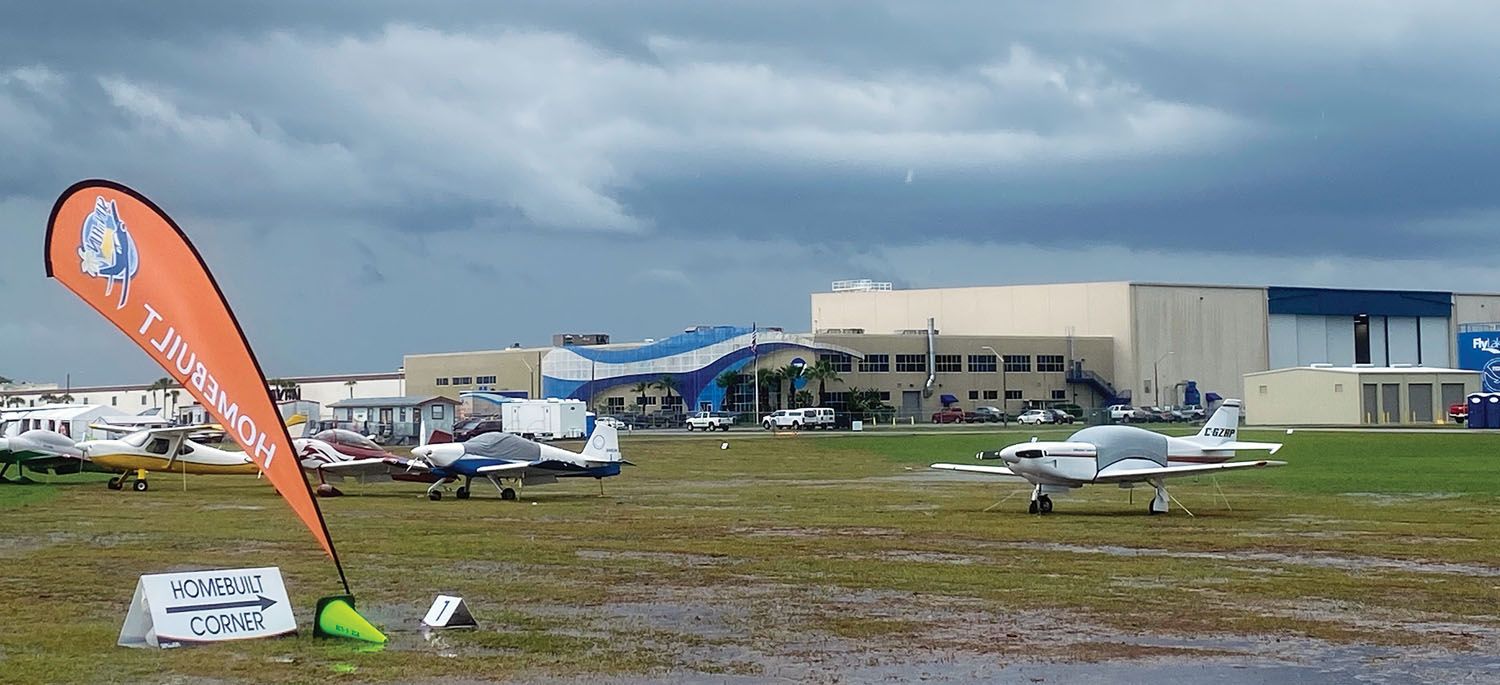
Case in point: I walked into the show one morning with Mark Scheuer, founder of PS Engineering. He allowed how chip shortages caused him to redesign a few of his products to use available hardware. He did note that in some ways it was to make minor product improvements, but it was clear that this move was not in his long-range plans. I heard the same from Dynon. Also, apparently the supply chain is both highly restricted and unpredictable. A part that was said to be many months backordered suddenly arrives in small quantities. When that happens, scheduling manufacturing becomes a huge, fluid task.
The second reason there were virtually no new-product announcements at Sun ’n Fun this year is that the industry has more or less settled on launching at AirVenture, especially if that product is aimed at the Experimental market. A decade ago, our coverage from Florida had nearly as many “newsworthy” bits as it did from Wisconsin later in the year. That’s just not the case today, a reflection, I think, of the outsized nature of AirVenture.
It’s as though the show organizers also realize we’ve moved on from this being a news-adjacent show. (I hesitate to say news-centered.) The press room, never lavish but usually workable, closed just after lunch. Press conferences were held sparingly and all over the grounds. Moreover, the press conference schedule was disjointed and the venues were, frankly, an embarrassment. On Wednesday morning, members of AOPA, EAA and GAMA held an important update on unleaded avgas held at the back of the Lakeland Aero Club hangar while other work whirled around us. Afterthought doesn’t begin to describe it. I almost felt bad for GAMA’s Pete Bunce, AOPA’s Mark Baker and EAA’s Jack Pelton for the venue. (They were, of course, troopers; more on the fuels situation in a moment.)
Times change, I get it. Sun ’n Fun has morphed into something it either needs or wants to be, and that something doesn’t embrace homebuilts so much.
Unleaded Avgas Update
“If it were a simple solution, it would have been done by now,” said AOPA’s president, Mark Baker, at Sun ’n Fun this year. He, GAMA’s Pete Bunce and EAA’s Jack Pelton had a town hall meeting and fielded questions about the future of avgas and the goals of EAGLE, the new initiative that you aren’t supposed to call PAFI Version 2.
In a statement that shocked me, Bunce told the group that PAFI wasn’t about finding an unleaded replacement for 100LL but to determine testing and approval protocols. Very narrowly defined, that could possibly be argued, but I don’t know anyone, inside or outside of aviation media, who thought PAFI was not intended to deliver a usable unleaded avgas. Which makes me wonder: If it was only to determine testing, why was so much of it kept secret?
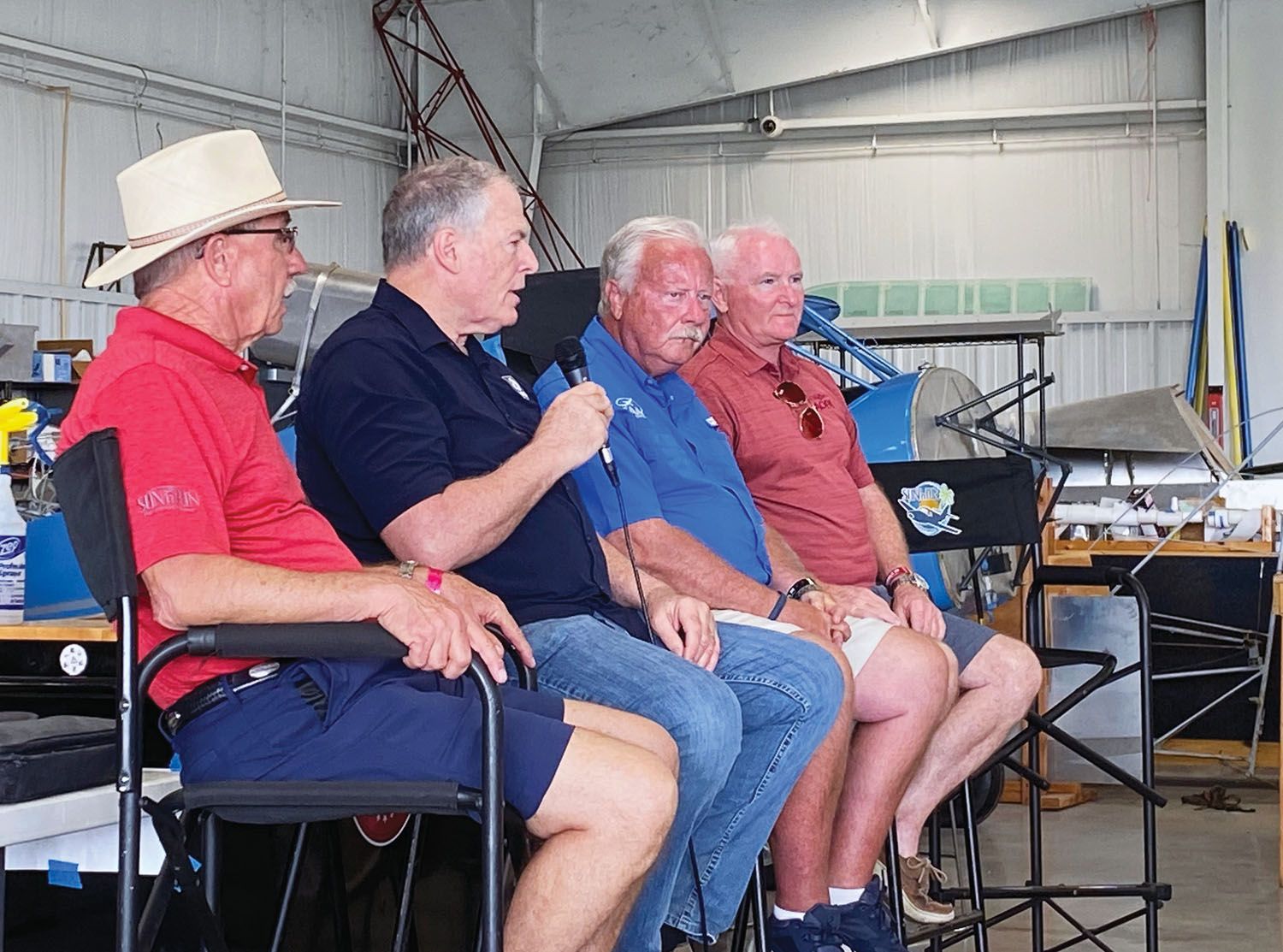
Context is everything: The day before these industry leaders spoke, George Braly, whose GAMI G100UL has already been awarded an STC for select Lycoming engines, expertly laid out a chain of events that started in 2010 with a working solution to leaded avgas. You’ll surely remember that GAMI was granted an STC for certain Lycoming engines at AirVenture last year and immediately set about working on a broader STC that would encompass virtually every aviation piston engine.
In his forum, Braly recounted how GAMI had jumped through every hoop the FAA placed in front of it and was on the cusp of receiving the much larger STC when FAA management called for an independent review of the data. That started in December and was completed in early January, and by early March the local certification office said that GAMI had successfully come through the review and met the requirements of the expanded STC, noting that the final signoff was waiting on only one final FAA approval.
The FAA then initiated what amounts to an executive order for GAMI’s product to be the subject of a technical advisory board (TAB), which is made up of industry experts. Not only had GAMI already been given a base STC for G100UL, the TAB process wasn’t even new; it had done five of them previously dating back to 2010.
In the Wednesday town hall at Sun ’n Fun, GAMI’s work was barely mentioned. Instead, there was a lot of talk about the lack of transparency in the process. It’s true that GAMI has a “secret sauce” of additives that take G100UL from a common base fuel to a fully fungible, drop-in replacement for 100LL, and I read the resistance as the industry being unhappy that they don’t know the ingredients. But here’s the problem with that: The FAA has already given its approval to the fuel via the existing STC and knows key elements of the spec.
And given the fact that the great majority of GAMI’s testing was conducted on the “worst case” engine most susceptible to detonation, additional scrutiny to expand the STC can only be read as one thing: an effort to slow the process to let other companies catch up. I sincerely hope the sides can start working together on this. As my colleague Paul Bertorelli wrote in a contemporary op-ed appearing on AVweb during the show (titled “FAA, Do Your Damn Job“), “It’s not clear from the outside looking in how much influence the majors—Phillips, Exxon, Shell, BP—have on the politics and process here. They…have a vested interest in the leaded status quo and no incentive to produce G100UL under license, even though I suspect these discussions are going on.“
As if to prove the political aspects of a replacement for 100LL are just as fluid as the technology itself, during the last days of Sun ’n Fun, the FAA revealed that Earl Lawrence, the top administrator on whose desk GAMI’s broader STC is waiting, is being replaced by Lirio Liu, previously the executive director in the Office of International Affairs for the FAA. Whether this helps break the logjam in the FAA or sets up new ones remains to be seen. Bottom line: EAGLE has promised an unleaded replacement by the end of 2030. Once the EPA makes its finding of endangerment, we probably won’t have that long. There’s truly no time to waste.
Happy Trails, Tom
I’d like to sign off this month by offering my congratulations to Tom Haines, who has retired from AOPA after 34 years. Tom and I arrived around the same time to the association’s magazine, way back in 1988. Tom and I were hired by Dick Collins during his short stint as editor in chief at Pilot, a tactic I’m sure was equal parts trying to shake up a very staid AOPA and remaking Pilot into a version of Flying for the late 1980s. I would never underestimate Dick’s influences there, even as he eventually got tired of the politics of the place.
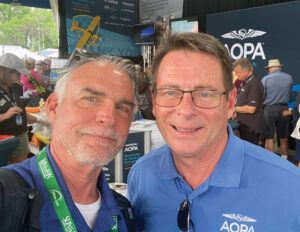
Tom was quiet and thoughtful and very knowledgeable where I was brash and often obviously full of crap. In some ways, we were the perfect bookends, and I think Collins knew that. Not too long into my tenure there, I took the bait to leave central Maryland for a remote post back home in California. Tom, the consummate family man, stayed and worked the system, rising to become editor in chief at Pilot and taking on an ever more impressive range of responsibilities in the association. His efforts on their video products are truly impressive. I know how hard it is to look natural with the camera and teleprompter drilling into your soul, but Tom pulls it off with a smart, cool demeanor that hipsters would call “authentic.”
Tom’s work on publications to support general aviation is truly epic. That Tom navigated through AOPA’s sometimes turbulent waters is a testament to his durability and patience. (I know I tried yours often, Tom; please accept this too-late apology.) Doing something well for a long time is the ultimate backhanded compliment, and that’s not what I mean. I thought I wanted the big chair at Pilot when Mark Twombly moved on, but AOPA picked Tom and got absolutely the best man for the job. Enjoy your retirement, Tom. You’ve damn well earned it.



